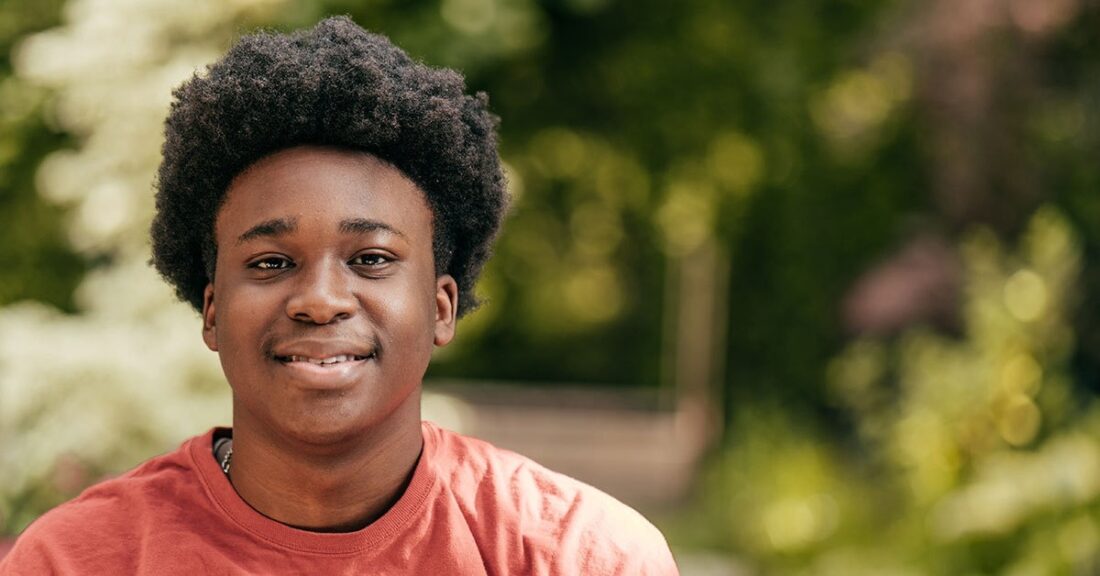More Communities Exploring Restorative Justice for Youth

Juvenile justice jurisdictions across the nation — in California’s Los Angeles and Alameda counties, Philadelphia and Davidson county in Tennessee — are using restorative justice to divert youth who have caused harm. The approach, which is gaining traction in schools, communities and systems, trades court proceedings for community-based responses.
Restorative Justice Is an Emerging Movement
Impact Justice, a grantee of the Annie E. Casey Foundation, is working to grow the network of justice advocates, community-based practitioners and system partners who are committed to applying restorative justice practices in youth justice.
“It’s encouraging to see more communities taking up the work of shifting mindsets and building partnerships to create systems that affirm that young people can grow through their mistakes with guidance and support,” says Liane Rozzell, a senior policy associate with the Casey Foundation.
Restorative justice supports rehabilitation by focusing on accountability, healing and repairing harms. A component of this approach, called restorative justice conferencing, connects the person who was harmed with the young person responsible for exacting harm. These participants, along with facilitators and other supporters, work to reach a consensus on how to repair the harm caused. “Young people deserve opportunities to realize their potential, even when they make serious mistakes,” Rozzell explains. “Those they have harmed also deserve to have their needs met.”
Young people who participate in restorative justice programs are less likely to reoffend relative to their counterparts in the court system, according to a 2021 Department of Justice literature review. People who experienced harm also have good things to say about the approach, as indicated in an evaluation of a community-based restorative justice program in Alameda County — home to Oakland, California. The evaluation found that 91% of participants who had experienced harm reported being satisfied with the process.
Accountability Differs From Punishment
“People can confuse accountability and punishment, but they are not the same,” says Rozzell.
Accountability, according to restorative justice practitioners, involves taking responsibility for your actions; acknowledging your impact; expressing remorse; collaborating with those harmed to repair the wrong and not repeating similar harms.
An Example of Restorative Justice in Practice
“I feel like every person harmed — and every young person responsible for harm — should have the opportunity to know there’s a restorative justice process available to them,” says Travis Claybrooks. A former Nashville police officer, Claybrooks now serves as the executive director of Raphah Institute, an Impact Justice partner in Nashville. His community-based organization facilitates restorative justice conferences for cases referred by court or law enforcement partners.
In one of these cases, a 14-year-old boy was involved in a car accident that ended the life of a 79-year-old husband and father. According to Claybrooks, the deceased man’s family did not want a harsh punishment for the boy. “Even in their deep grief, the family kept saying that they did not want that child to go to prison but they did want something to be done.”
What’s more, the teen and his family wanted a way to take responsibility for what he had done while also supporting the surviving family as they sought to heal. Everyone involved in the case agreed to the lengthy process of facilitation and conferencing instead of a lengthy court battle.
“He’s a good kid who made a very poor decision, and he knew that owning up to it was the right thing to do,” Claybrooks explains. At the same time, “the only way the family would get closure and healing in this situation was through a restorative justice process.”
Casey Foundation Resources to Learn More About Restorative Justice
- In 2021, Casey hosted two webinars on how communities can use restorative justice as a constructive and more equitable response when young people break the law and cause harm to others. The webinars are geared toward youth justice practitioners, racial justice advocates and leaders of youth-oriented community-based organizations.
- Casey has also issued a brief that presents the research case for jurisdictions to significantly divert young people from courts to into community-based responses. Arresting young people and formally processing their cases in juvenile court significantly increases their likelihood of subsequent arrests while reducing their odds of future success in school and employment, the evidence suggests.






